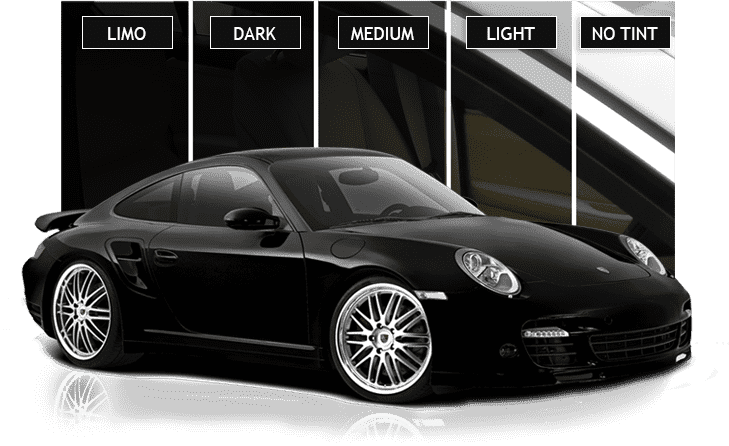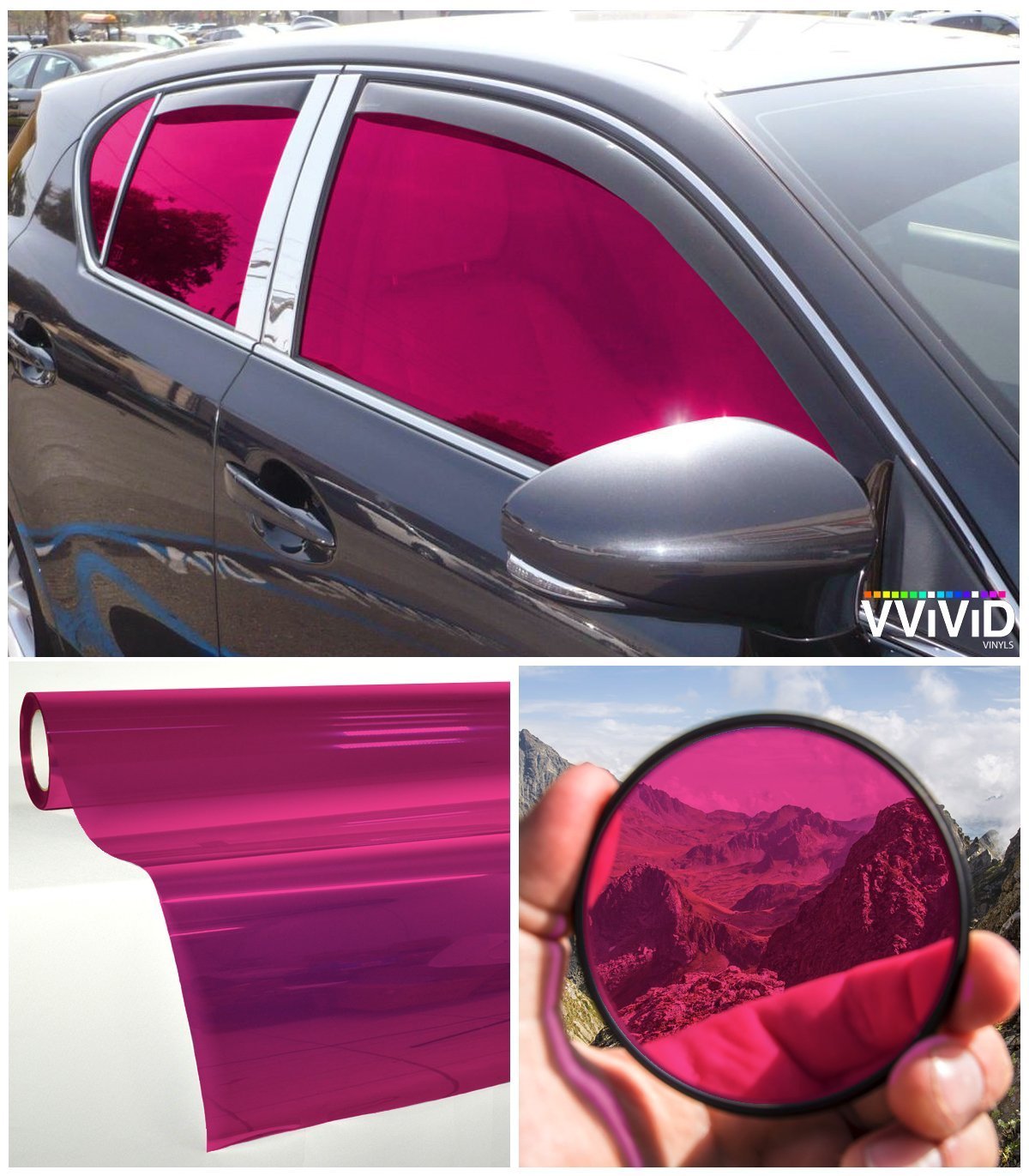The Ultimate Guide to Window Tinting: What You Need to Know Before You Apply
The Ultimate Guide to Window Tinting: What You Need to Know Before You Apply
Blog Article
Window Tinting Regulations: What You Need to Know Prior To Tinting Your Auto
Understanding home window tinting legislations is vital for any kind of car proprietor considering tinting their automobile. As you ponder enhancing your lorry's look and performance, it is vital to comprehend not only the lawful effects yet also the useful considerations that come with picking the ideal tint.
Significance of Comprehending Tint Rules
Understanding home window tinting legislations is essential for lorry proprietors to guarantee compliance with state regulations. These legislations dictate the acceptable degrees of color darkness and reflectivity, which can significantly vary from one jurisdiction to another. Falling short to stick to these regulations can result in penalties, required elimination of the color, and possible issues during vehicle inspections.
In addition, comprehending these regulations assists car owners make notified decisions about their tinting options. Various kinds of home window films offer various benefits, such as UV security, warm rejection, and glow decrease. Nevertheless, without expertise of the lawful limitations, vehicle owners risk choosing items that may ultimately result in lawful problems.
Furthermore, recognition of tinting legislations promotes a safer driving atmosphere. window tinting. Exceedingly dark tints can impair exposure, enhancing the danger of accidents, especially in the evening or in unfavorable weather problems. Police also utilize these policies to make sure roadway safety and security, making compliance not just a personal responsibility but a lawful responsibility
State-Specific Tint Laws
Each state in the U.S. has established its very own details guidelines pertaining to window tinting, mirroring a varied variety of needs and criteria. These guidelines can differ considerably, impacting how lorry owners come close to installation and conformity. Some states allow darker colors on rear windows while enforcing strict limitations on front-side home windows.
In addition, policies frequently specify allowable tint products and shades. Specific states ban reflective tints entirely, while others might enable them to a limited degree. Some jurisdictions mandate that automobiles with colored home windows display a sticker showing conformity with state laws, supplying a clear recognition for legislation enforcement.
Enforcement of these legislations likewise varies; some states are more aggressive, carrying out arbitrary checks, while others count on problems or visible offenses to start enforcement. Car proprietors need to be conscious that failure to adhere to state-specific color policies can cause fines, necessary elimination of unlawful tints, or both.

Lawful Tint Percentages
Figuring out the legal tint portions is critical for lorry proprietors looking for to abide with state guidelines. Each state has details regulations regulating exactly how much light needs to go through the windows of a lorry, which is expressed as a percentage understood as Noticeable Light Transmission (VLT) This percentage varies substantially throughout states and can depend upon the sort of window-- front side, back side, and windscreen.
For example, some states allow as low as 20% VLT on front side home windows, while others might permit as much as 50%. Windscreen tinting is often a lot more limited, with several territories permitting only a slim band of color at the top of the windshield. In contrast, rear home windows normally have extra forgiving policies, with some states permitting darker tints.
It is necessary for lorry owners to acquaint themselves with their regional laws to prevent prospective legal problems. This consists of understanding just how VLT is determined, as it can differ based on the sort of home window movie made use of. Remaining educated about these policies guarantees compliance and promotes secure driving conditions for both the lorry proprietor and others when driving.
Repercussions of Non-Compliance
Falling short to stick to home window tinting laws can lead to considerable repercussions for vehicle proprietors. Police officers trained to determine prohibited color levels might provide fines, which can differ learn the facts here now by jurisdiction but usually vary from moderate to considerable amounts.

Insurance provider may likewise penalize for non-compliance, as illegal adjustments can be seen as a violation of policy terms. This could impact insurance coverage prices or result in difficulties in cases if an incident occurs.
Ultimately, the consequences of non-compliance expand beyond immediate economic charges; they can affect a driver's insurance policy prices, legal standing, and total car worth, stressing the importance of sticking to neighborhood home window tinting guidelines.
Tips for Deciding On Tinting Options
Understanding the ramifications of non-compliance highlights the significance of making informed choices when choosing home window tinting choices. First of all, familiarize on your own with your state's particular legislations relating to color darkness and reflectivity. Each state has special laws that determine the acceptable limitations, so ensure you stay within these guidelines to prevent charges.
Secondly, take into consideration the kind of color product. Options include dyed, metalized, and ceramic tints, each offering differing levels of warmth rejection, UV protection, and resilience. For instance, ceramic tints offer premium warmth resistance without disrupting digital tools, making them a popular option.
In addition, evaluate your primary purpose for tinting. If you look for enhanced privacy, select darker colors; nevertheless, bear in mind that this may affect visibility in the evening. Conversely, if glare reduction and UV protection are your primary concerns, lighter colors may be adequate.
Lastly, speak with a professional installer who is knowledgeable concerning you can try this out neighborhood policies and can recommend top notch materials fit to your demands (window tinting). Taking these variables into account will certainly ensure you make a knowledgeable decision, ultimately enhancing both your vehicle's visual appeals and capability
Final Thought
To conclude, experience with window tinting legislations is vital prior to using tint to a vehicle. Each state applies particular regulations relating to noticeable light transmission percentages, especially for front-side home windows and windscreens. Non-compliance can result in substantial fines, including fines and compulsory elimination of non-conforming color. By comprehending lawful needs and choosing ideal color products, vehicle proprietors can achieve aesthetic enhancement while continuing to be certified with relevant laws. Adherence to these standards guarantees both safety and security and contentment.
Understanding window tinting laws is important for any automobile proprietor considering tinting their automobile.Recognizing window tinting legislations is important for Homepage vehicle proprietors to make sure conformity with state guidelines. Some states allow darker colors on rear windows while imposing stringent limits on front-side windows.
In contrast, back windows normally have a lot more lenient guidelines, with some states permitting darker tints. (window tinting)
In verdict, experience with home window tinting regulations is important prior to using color to a car.
Report this page